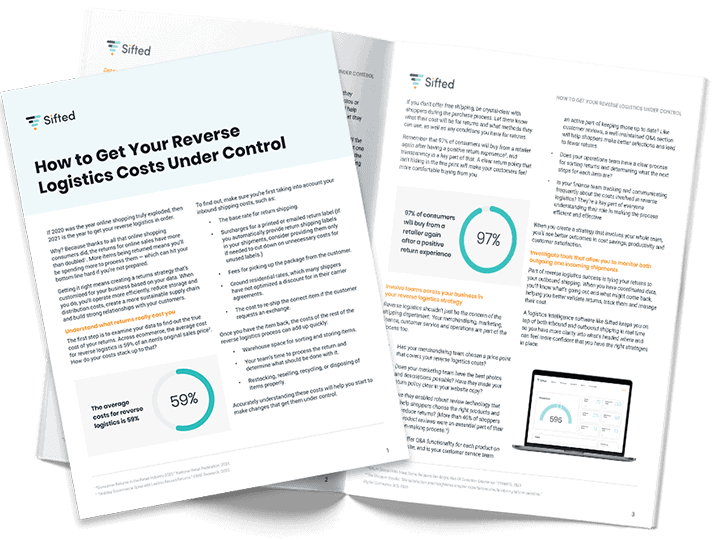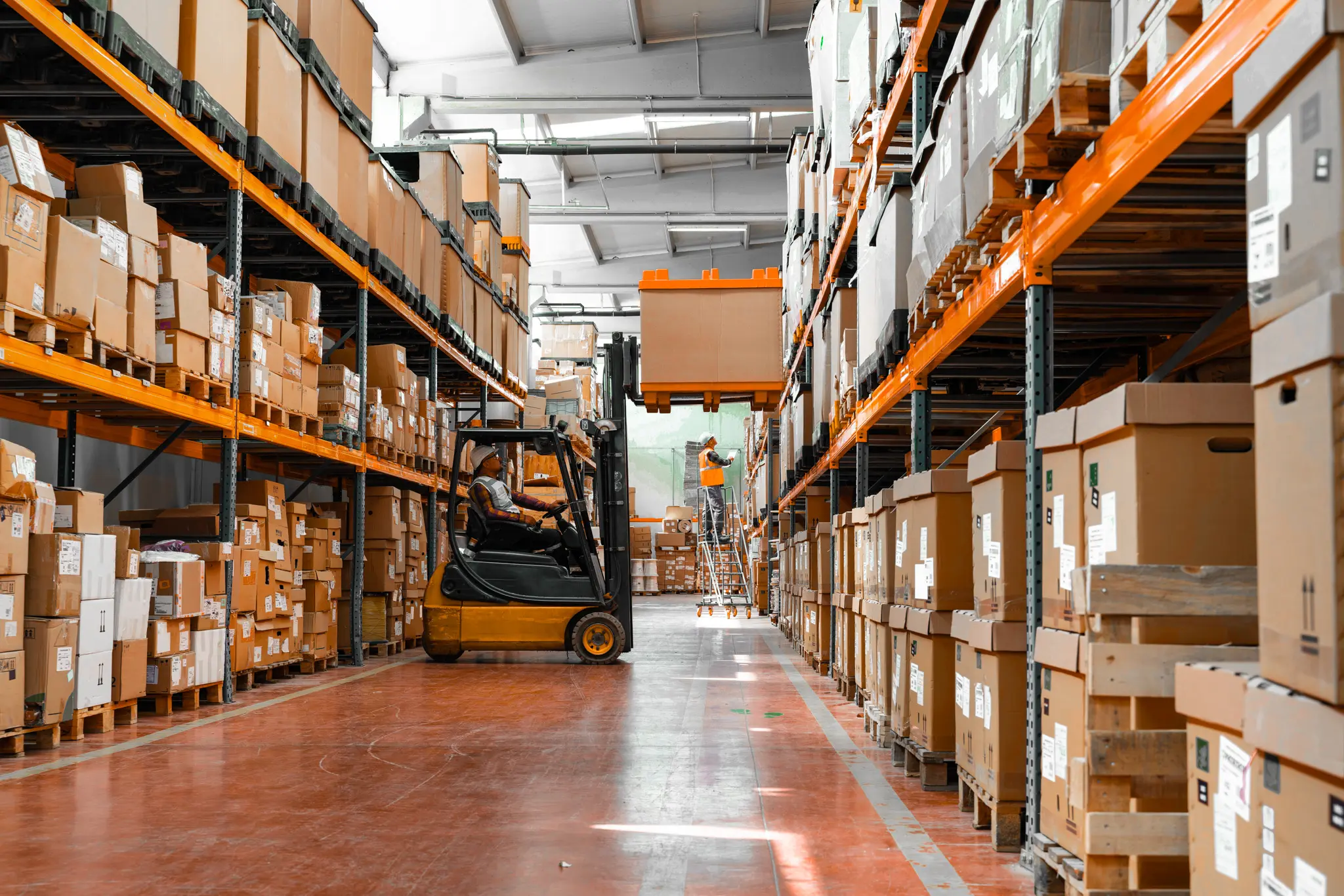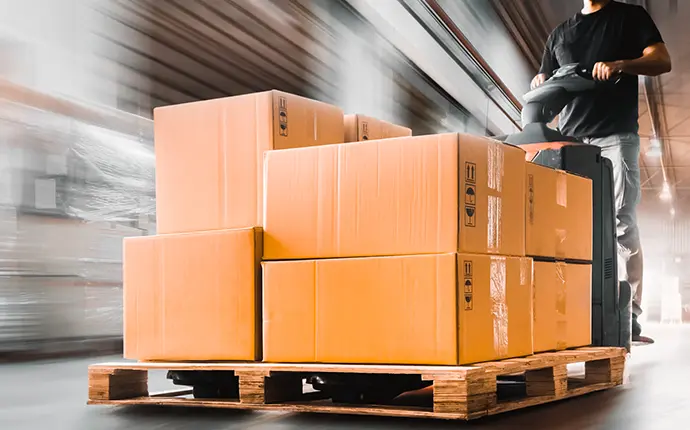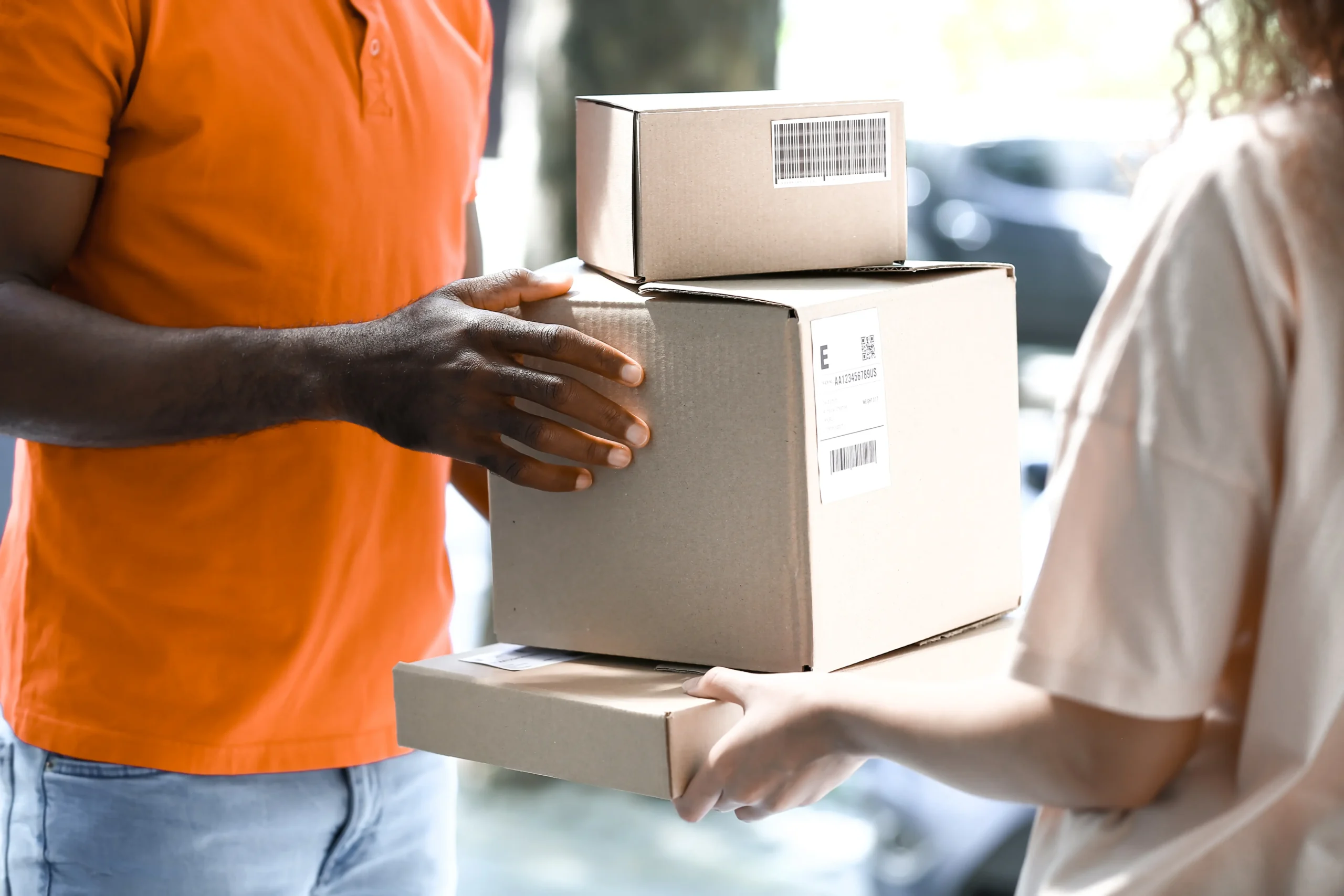Keeping your shipping operations in top shape is tough enough, but managing return shipping is an entirely different beast. About 30% of eCommerce purchases are returned, taking a big bite out of your bottom line if you don’t manage the process properly.
Keep these issues in mind as you develop or manage your return policies and operations:
1. Return Shipping Costs More Than Outbound Shipping.
The increasing ease of online shopping has created sky-high consumer expectations for how the entire shopping journey should go. According to ReturnMagic, 80% of shoppers expect to be able to return items for free, but only 25% of retailers offer free returns. Additionally, 69% of shoppers in a survey said having to pay for return shipping would keep them from buying from a retailer.
Of course, shipping is far from free for you as the retailer, and there are many factors that cause the cost of return shipping to creep up:
- Surcharges for a printed or emailed return label — the cost varies based on the level of service provided, but can range from $1.05 to $8.20. If you automatically provide return shipping labels in your shipments, consider providing them only if needed to cut down on unnecessary costs for unused labels.
- Fees for picking up the package from the customer
- Ground residential rates, which many shippers have not optimized a discount for in their contracts.
- The cost to re-ship the correct item if the customer requests an exchange.
2. Returns Clog the Shipping Network.
Carriers put an emphasis on the timeliness of outgoing packages and returns get the short end of the stick. Depending on the item, its cost, and whether it will be able to be restocked, some retailers even tell consumers to keep or donate the item rather than spend the money to get it back.
3. There Is No Service Guarantee on Return Packages.
Many of our clients are surprised to hear about this. Because return shipments aren’t a priority for carriers, if you have a time-sensitive package that is being returned to you, your carrier won’t refund your money if it arrives late.

Get Your Reverse Logistics Under Control
So What Can You Do To Keep Return Shipping Costs From Eating Into Your Profits?
If you do choose to offer free return shipping, factor the cost into your Cost of Goods Sold (COGS). Thanks to an economic principle called the “the pain of paying,” shoppers are willing to pay more for an item as long as they don’t have to pay for shipping and the same will hold true for returns.
If you determine that you can’t offer free return shipping, be crystal clear with your customers that a shipping fee will apply to their return. Shoppers appreciate transparency, and it might help stop them from purchasing items with the intention of returning them, saving you restocking or disposal costs.
Returns are part of any eCommerce business, but not tightly managing the process is a costly mistake. Understanding the data surrounding both your outbound and inbound shipping is the first step to making the right decisions on how to handle return shipping.
Want to know about some other ways you might be paying too much for shipping? Surcharges have a huge impact on your shipping spend, but there are ways to reduce the cost. Check out our newest eBook, 5 Budget-Busting Surcharges & How to Lower Them.
FAQs:
Q: What strategies can retailers implement to streamline the return shipping process and minimize costs, beyond just offering free return shipping?
A: Strategies to streamline the return shipping process and minimize costs could include implementing a centralized returns management system to efficiently handle returns, optimizing packaging to reduce dimensional weight and shipping costs, leveraging data analytics to identify trends and patterns in return reasons to address underlying issues, and partnering with carriers or third-party logistics providers who offer discounted return shipping rates.
Q: Are there any emerging technologies or innovations in the shipping industry specifically focused on improving the efficiency and cost-effectiveness of return shipping operations?
A: Emerging technologies and innovations in the shipping industry aimed at improving the efficiency and cost-effectiveness of return shipping include automation and robotics for processing returned items, blockchain technology for enhanced supply chain visibility and traceability, AI-powered predictive analytics for optimizing inventory management and return routing, and virtual reality/augmented reality for enhancing the customer experience during the returns process. Additionally, there are ongoing developments in sustainable packaging solutions to reduce environmental impact and costs associated with return shipping.
Q: Are there any industry best practices or benchmarks for return shipping costs as a percentage of overall sales, and how does one determine if their costs are within acceptable ranges?
A: Industry benchmarks for return shipping costs as a percentage of overall sales can vary depending on factors such as the type of products being sold, the target market, and the retailer’s specific business model. Generally, retailers aim to keep return shipping costs as low as possible while still providing a satisfactory customer experience. Analyzing return shipping costs in relation to total sales and comparing them against industry averages or competitors’ performance can help retailers assess whether their costs are within acceptable ranges.











